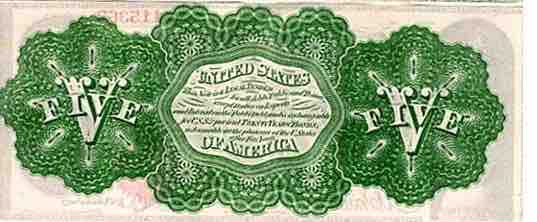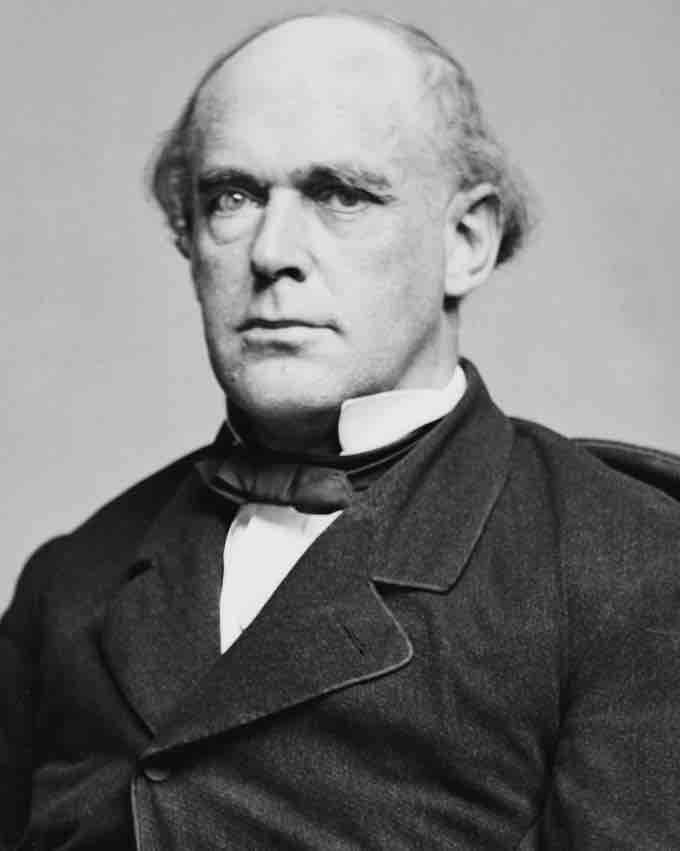Following the secession of the Southern states, Republicans in Washington sought to finance the war while simultaneously implementing an elaborate program of economic modernization. The Morrill Tariff and the Homestead Act were among the far-reaching changes enacted by Congress in this period to fulfill the Republican vision of an industrial nation.
The Treasury Department under Secretary Salmon P. Chase showed remarkable ingenuity in financing the war without crippling the economy. Several new taxes imposed during the war relied on wartime patriotism to bolster public approval. The United States required more than three billion dollars to pay for the immense armies and fleets raised to fight the Civil War and more than $400 million in 1862 alone.
The largest tax sum by far came from taxes imposed on manufactured goods. The Morrill Tariff was also an important source of tax revenue. The Union also levied the nation's first income tax with the Revenue Act of 1862. Annual income of U.S. residents was taxed at a 3 percent rate, while those earning more than $10,000 per year were taxed at a 5 percent rate.
An additional means of financing the war was printing money, a strategy also employed in the Confederacy. The Legal Tender Act of 1862 was enacted in February 1862 to issue paper money to finance the war. As the paper money depreciated, it became the subject of controversy, particularly because debts contracted earlier could be paid in this cheaper currency.

The Greenback bill issued by the United States during the Civil War
The Union printed paper money, which was used in lieu of gold and silver, to finance the war.
Apart from instituting new taxes and printing money, a third major source of funding was government bonds. For the first time, bonds in small denominations were sold directly to citizens. Among the Union's most important war measures was the creation of a system of national banks that provided a sound currency for industrial expansion.These new banks were required to purchase government bonds, directly financing the war.
Using these fundraising tactics, the Union was able to successfully generate funds for the war and emerged from the conflict with a healthy economy.

Portrait of Secretary of the Treasury Salmon P. Chase
Chase oversaw the Union's financial strategy during the Civil War.